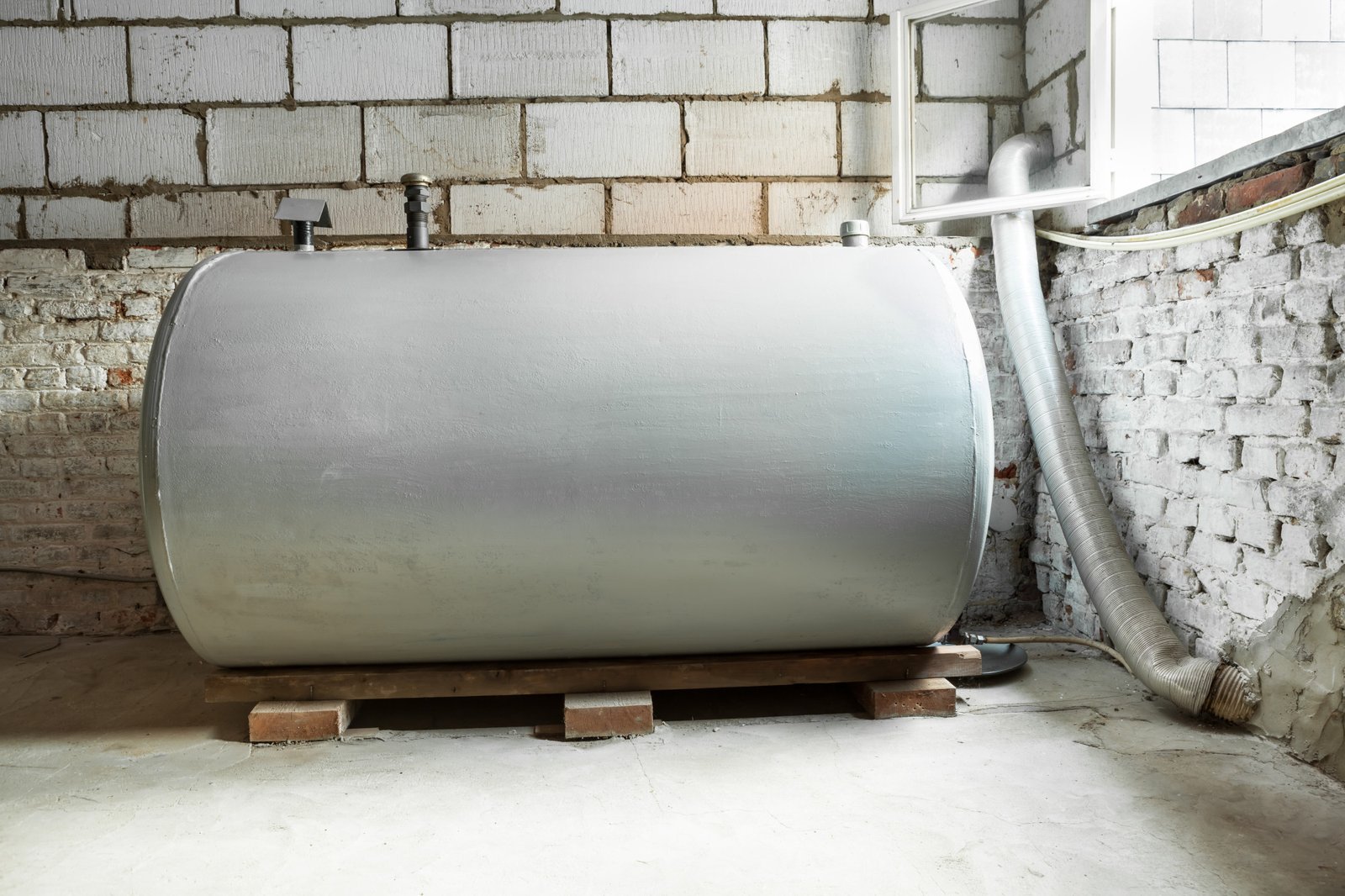Table of Contents
Tank top! Tank top! Nobody under fifty understands the intertank language.
Don’t worry about punctuating your home with this ancient language. Your homeowner’s association likely doesn’t include the word “intertank.” It should consist of the phrase “oil tank installation.”
Oil tanks store extra oil for heating and hot water. They’re perfect for homes that use oil as a heating fuel.
Oil tank installation isn’t complicated. Still, you might want to hire a company. Installing an oil tank requires some expertise something a company can provide.
Here’s an essential guide to installing your oil tank.
What Is Oil Tank Installation?
Oil tank installation is safely installing a tank to store oil for various purposes. It is a delicate process that must be done correctly for the safety of the environment and those operating the tank.
Oil tanks come in many shapes, sizes and materials. Installing the right oil tank is critical to ensuring the safety of both people and property. So, be sure to choose high-quality oil and gas tanks.
How to Correctly Install Your Oil Tank
The oil tank installation process begins by preparing the area, ensuring the surface is flat and debris-free. Once the tank is delivered, it’s essential to check for any signs of damage or leaking and ensure all necessary parts are included. Next, the tank must be filled with oil and all necessary piping and electrical wires.
Finally, the tank must be secured and checked for any emissions. This process must be carried out correctly and safely. An appropriately installed oil tank can save you time and money in the long run and keep your family, property, and environment safe.
Cost Considerations: Breaking Down Tank Installation Fees
Depending on the size and type of oil tanks, additional fees may apply for delivery, excavation, indoor or outdoor installation, and combustible material removal. Sometimes, a contractor or installer may charge a mobilization fee, a trip fee, or an excess fill fee. Furthermore, additional fees may apply if a venting or containment system is needed.
These costs can vary depending on the municipality and contractor. It is essential to research the various installation fees and costs associated with the type of tank chosen. Awareness of these costs will help make the decision process easier and give you peace of mind that you are making an informed choice.
Environmental and Safety Protocols
Environmental and safety protocols should always be adhered to when installing and maintaining tanks. Any spilled oil must be contained and properly disposed of to avoid ground or water contamination. Any release that poses a hazard to public health and the environment should be reported to the appropriate government agency.
Tanks should also be situated on a stable foundation that is sufficiently reinforced to prevent injury or damage caused by shifting or collapse. Furthermore, clearances from the tank and its associated components to combustible materials should be maintained at all times to prevent fire danger. Finally, periodic inspections and maintenance must be carried out according to the manufacturer’s instructions to ensure that the tank remains a safe and environmental-friendly fixture.
Getting to Know Oil Tank Installation
Oil tank installation is an integral part of owning a home. To complete it successfully, it’s essential to gather reliable information and find a reputable contracting partner. If you are considering an oil tank installation, review this guide thoroughly!
If you found this article helpful, please check out some other great content on our site.

